RM43 2.5 gal. Total Vegetation Control Weed Preventer Concentrate with Glyphosate and Imazapyr
The RM43 2.5 gal. Total Vegetation Control Weed Preventer Concentrate with Glyphosate and Imazapyr is ideal for fence rows, gravel paths, sidewalks, driveways, parking areas and around farm buildings and barns — anywhere you want to spray once and be done for up to 1 year. This weed killer concentrate features a formula of glyphosate and imazapyr for effective use against most noxious weeds, grasses, vines, brush and trees.
The RM43 2.5 gal. Total Vegetation Control Weed Preventer Concentrate with Glyphosate and Imazapyr is ideal for fence rows, gravel paths, sidewalks, driveways, parking areas and around farm buildings and barns — anywhere you want to spray once and be done for up to 1 year. This weed killer concentrate features a formula of glyphosate and imazapyr for effective use against most noxious weeds, grasses, vines, brush and trees. This weed prevention product is designed for use on non-crop areas as a spot treatment for brush, vines and weeds or on bare ground for total vegetation control. Do not spray this vegetation killer concentrate over the root systems of desirable plants. Get the beautiful looking yard you dream of with help from some RM43 vegetation control.
- RM43 weed preventer treats 43,243 sq. ft.
- This weed killer concentrate kills weeds and prevents weeds for up to 1 year
- Ideal herbicide for fence rows, gravel paths, sidewalks, driveways, parking areas and around farm buildings and barns
- Glyphosate and imazapyr formula for effective use against most noxious weeds, grasses, vines, brush and trees
- Apply this weed prevention product to locations only where no vegetation is desired
- This vegetation killer concentrate can be used for total vegetation control (bare ground) or spot control of brush, vines and weeds
- Do not spray this vegetation killer concentrate over the root systems of desirable plants
- Includes 2.5 gal. of weed killer
- Use hand-operated spray equipment such as backpack sprayers, pump-up sprayers or sprinkling cans, or ATV/tractor-mounted sprayers to apply this weed killer
Ingredients
Glyphosate, isopropylamine salt 43.68%, Imazapyr, isopropylamine salt 0.78%, Other ingredients
Additional information
| Active Ingredients | Glyphosate, isopropylamine salt |
|---|---|
| Application Method | Sprayer |
| Concentrated or Ready to Use | Concentrated |
| Contact Or Systemic | Contact |
| Coverage Area | 43,243 sq. ft. |
| Emergence | Pre-and-Post Emergent |
| Form | Liquid |
| Longevity | 12 Months |
| Package Quantity | 1 |
| Package Size | 2.5 gal. |
| Product Length | 7 in. |
| Product Width | 9 in. |
| Warnings | Do not spray this vegetation killer concentrate over the root systems of desirable plants |


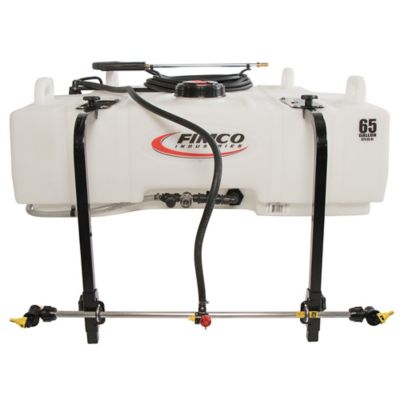

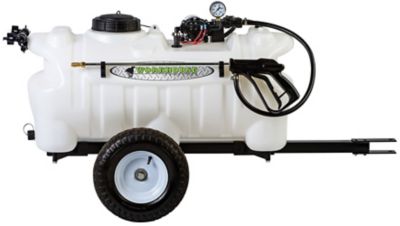
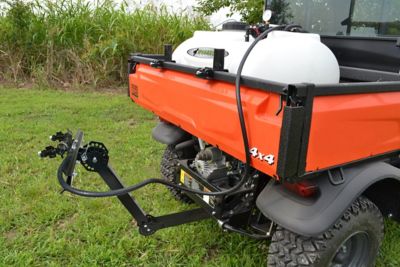
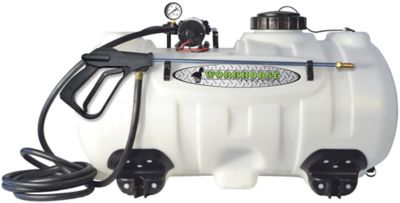
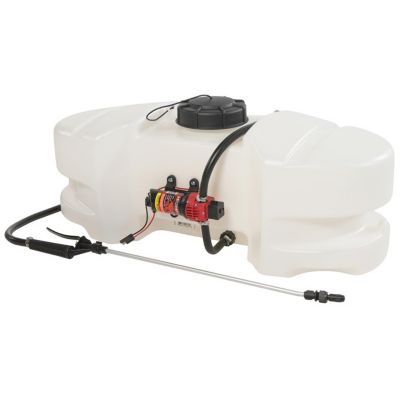
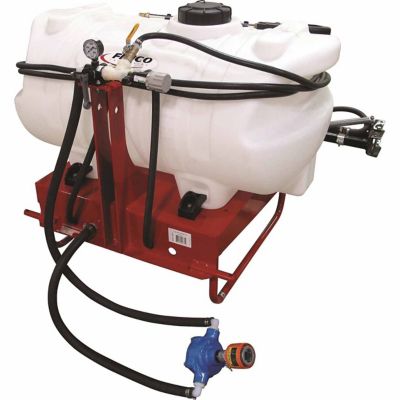
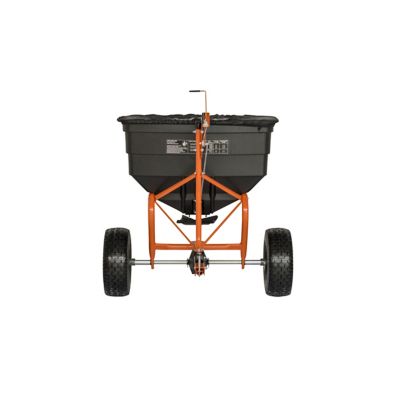
by Bonnie
I have used this stuff on my property in Mobile Alabama ( rainiest city in the Country) and also on property in Arizona and have had great results in both places
by Polk
The product is working well on the fence line. It takes about a week to start working, but everything I sprayed is dying. Hopefully won’t grow back for about a year!
by Warren
Works really well! Used at 6oz/gal with a backpack sprayer and it decimates weeds and all other vegetation. Takes a few days before you see results.
by Handson
I maintain 10 desert acres. The way out of weed takeover by July and I mean farm-like sections of weeds, is to pre emerge yearly! I have to be selective around vegetation and the house directly, but for the furthest areas around my property, I use an atv sprayer. The first year preemerging, we got surflan southern weed killer, the second year we got TVC. I was worried about the TVC and was looking for something as effective but not as devastating. I saw a video for the RM43 and got it! It seems to have worked great and I like how it kills existing weeds as well! None of the other preemergants did that! I was even still spraying weeds with the leftover mix out of a sprayer. It left NO Green!! I use Caseron for in and around vegetation and good ol picking them everywhere else every year. Unless I find something as good or better and less expensive, I’ll be buying the RM43 from here on out!
by Sean
RM 43 worked great killed all weeds as described ( except Marestail which may or may not be a listed weed). Nothing has grown back although it has only been 3 weeks.
by Eric
Works well on leafy weeds but doesn’t affect grass much. I have seen a lasting effect for over a year where leafy weeds were growing but grass comes back pretty quickly. Wish it had a higher imazaphyr percentage